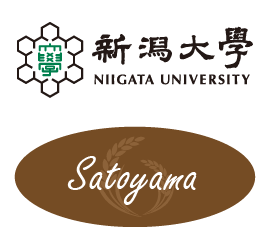News & Topics
-
13, April 2020
News
We have just opened our website!
Mission
Ten crested ibises (Toki; Nipponia nippon) were reintroduced to Sado Island on 25 September 2008. Since their extirpation from the wild 27 years ago, reintegration has proved a challenge. The crested ibis serves as a symbolic species, for the people of Japan. Researchers and staff of Satoyama Division promote research concerning:
1) the reintroduction of the crested ibis into its natural ecological habitat,
2) ecological restoration of Satoyama (social-ecological production landscapes) and lastly,
3) to restore the regional community on Sado Island in Japan.
To facilitate these studies, we offer support to researchers, staff, and students as well as providing both field- and lab-based resources. Participants in educational programs are expected to play key roles in leading and promoting island-wide ecological restoration. It is critical that the local economy be revitalized using natural ecological and economic resources. Our focus is to establish an innovative, interdisciplinary field of study by combining various fields of natural and social sciences. Satoyama Division, the Research Station for Toki and Ecological Restoration (RSTER), is located in Toki Koryu-kaikan Building (community center for crested ibis) in Niibo area and is dedicated to global research projects for the betterment of the world. RSTER manages 30 hectares of wetlands and grasslands restored from abandoned terraced-paddies with a focus on preserving biodiversity.














